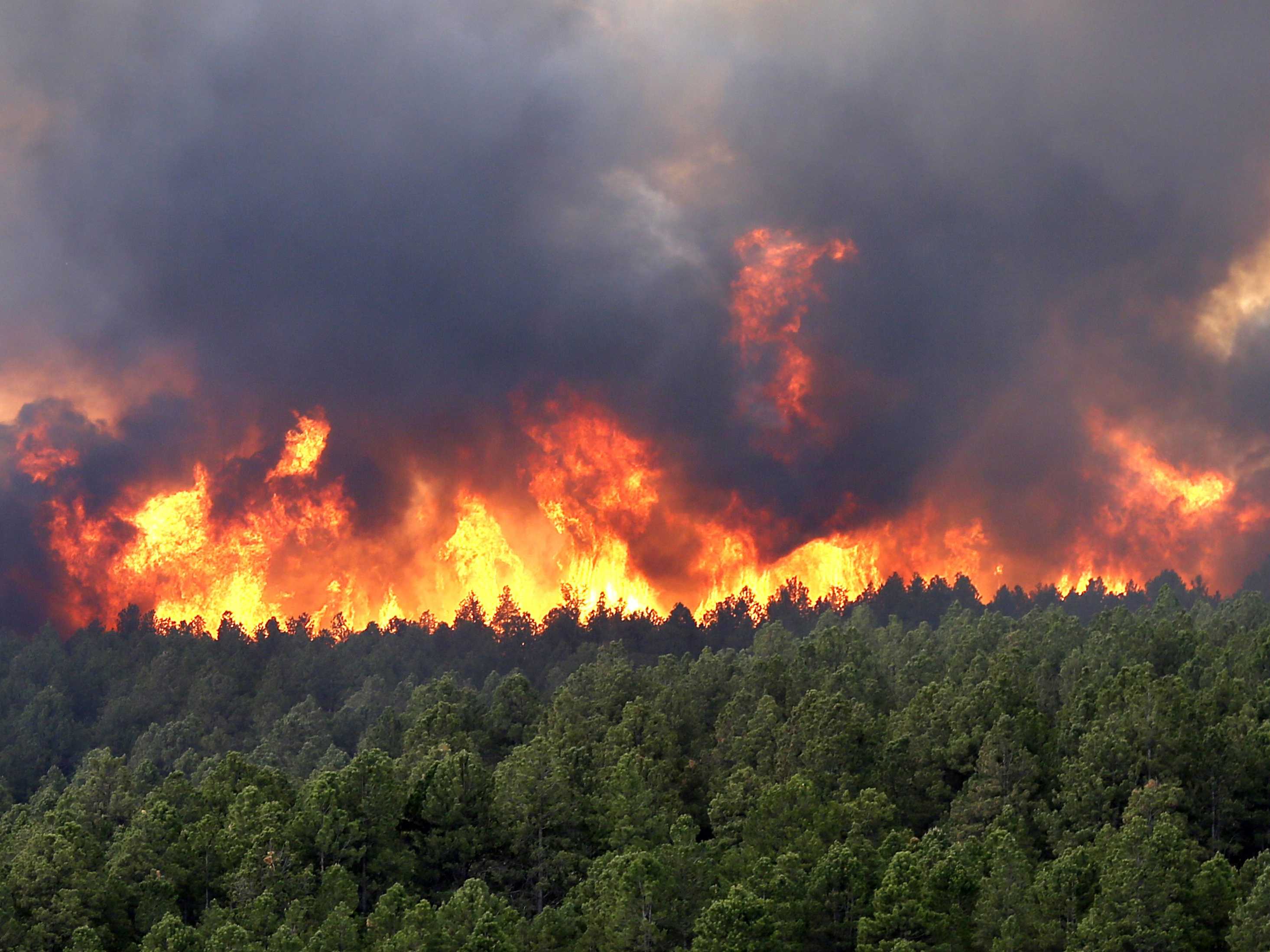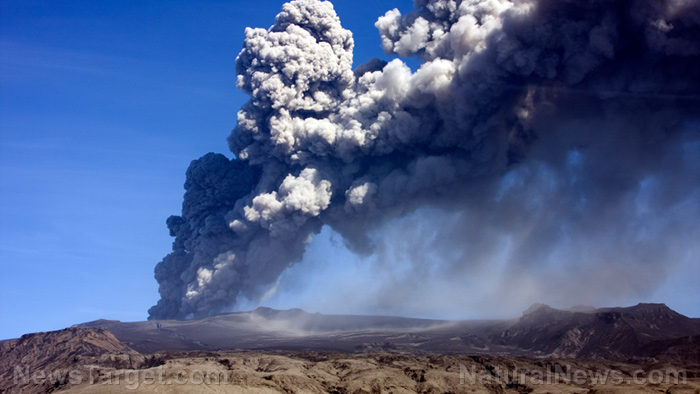Wildfire plumes worldwide are contributing to ozone pollution and harming air quality
09/25/2020 / By Divina Ramirez

Wildfire smoke contains different trace gases, aerosols and compounds that can affect both human health and the environment. One such compound, called nitrous acid, is often underrepresented in atmospheric models despite its role in air pollution. But a new report is changing that.
Scientists from the University of Colorado Boulder (CU Boulder) and the Royal Belgian Institute for Space Aeronomy (BIRA-IASB) found that the levels of nitrous acid in wildfire smoke worldwide are two to four times higher than previous estimates. Nitrous acid is implicated in air pollution due to its role in the production of ground-level ozone.
These findings shed light on how wildfire smoke could be influencing air pollution over large distances, similar to how smoke from the wildfires along the US west coast has been affecting residents from the east coast, said co-author Rainer Volkamer from CU Boulder. Their findings appeared online in Nature Geoscience.
The role of nitrous acid in ozone pollution
Nitrous acid is the main precursor of hydroxyl radical (OH). OH is the most important natural oxidant in the troposphere, where weather conditions take place. OH is often called the “detergent” of the atmosphere because it can “clean up” or degrade air pollutants and harmful trace gases.
However, OH also contributes to the production of ground-level ozone. Unlike the beneficial stratospheric ozone that absorbs the sun’s radiation, ground-level ozone is a colorless and irritating gas that can trigger health problems in humans. It is also the main ingredient in smog, a kind of intense air pollution.
Using both global measurements from a satellite instrument and data from an aircraft-based instrument, Volkamer and his colleagues found that real wildfires produce higher levels of nitrous acid than previous estimates based on lab data. This added nitrous acid is thought to increase the production of ozone.
Furthermore, the group also found that levels of nitrous acid emissions differ depending on the landscape. For instance, savannas and grasslands had the lowest nitrous acid emissions. Meanwhile, extratropical evergreen forests exhibited the highest levels of nitrous acid emissions.
In all, these findings suggest that wildfires are driving global nitrous acid emissions. The contrasting estimates of nitrous acid emissions also suggest that scientists have been underestimating just how much wildfire smoke ends up contributing to the production of harmful ground-level ozone.
In the future, this research could help scientists better keep track of how wildfire smoke spreads downwind and drives the formation of lung- and crop-damaging ozone pollution, added Volkamer. (Related: Prolonged exposure to air pollution triggers inflammation, appearance of cancer-related genes.)
The impacts of ozone pollution
Humans, animals and even plants can suffer from the harmful effects of inhaling ground-level ozone. In humans, inhaling ozone can cause wheezing and shortness of breath, as well as chest pain and coughs. Exposure to ozone can also compromise the lungs and exacerbate preexisting lung conditions.
Moreover, long-term exposure to higher concentrations of ozone can lead to permanent lung damage. But even at lower exposure levels, ozone has also been shown to contribute to adverse health outcomes. Recent studies, for instance, found evidence that ozone contributes to premature death among outdoor agricultural workers.
Ground-level ozone also impacts animal and plant respiration. But more than its immediate effects on animal health, the prevalence of ozone can affect entire habitats. Insects, fish and other animals might begin looking for healthier habitats if ozone levels do not let up.
This displacement could then affect the health of the habitat itself and with it, the soil and the plants. When ozone enters the leaves of plants, it can also slow plants’ growth and put them at greater risk of disease and damage from other air pollutants.
Read more articles about the environmental impacts of ozone pollution at Environ.news.
Sources include:
Tagged Under:



















